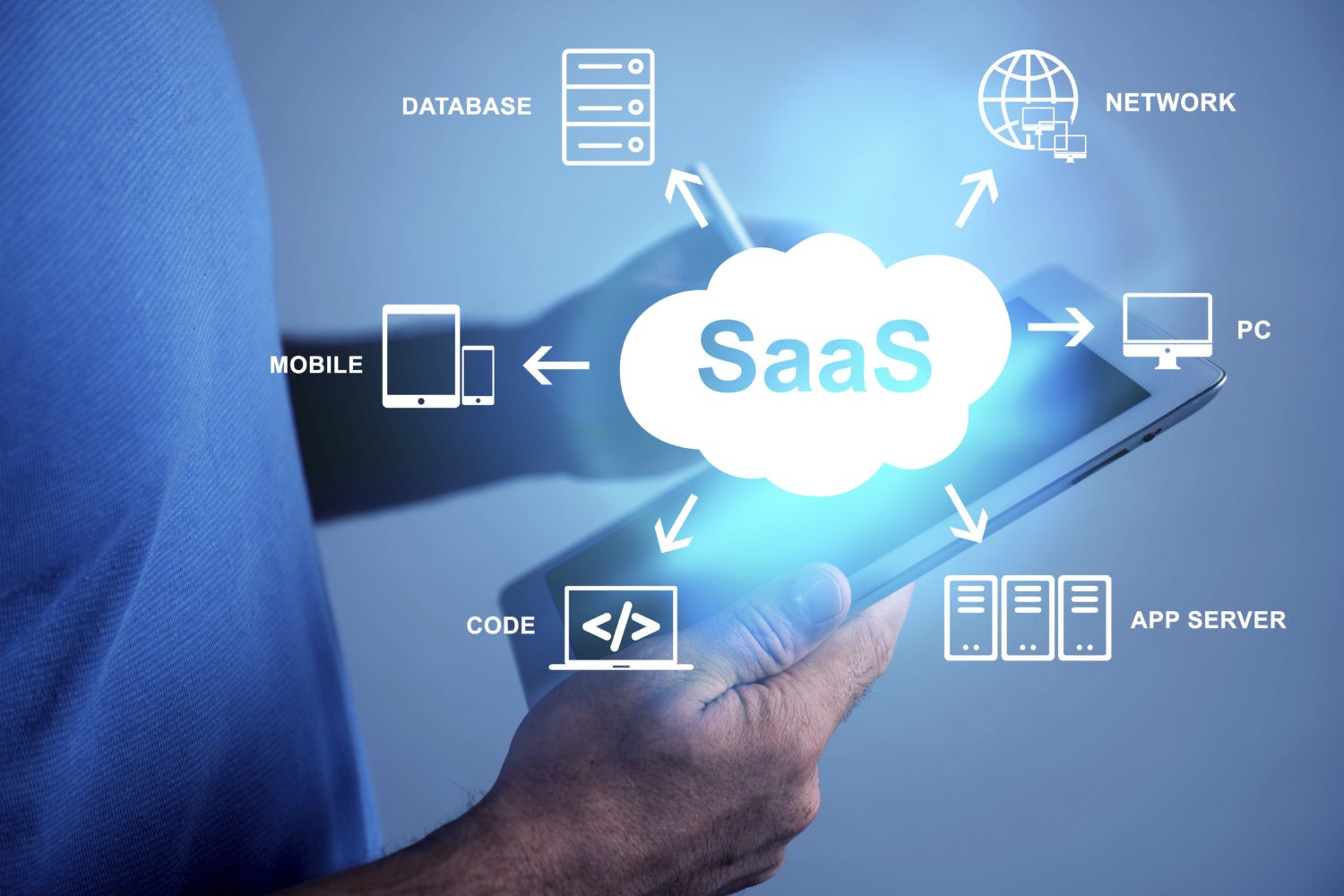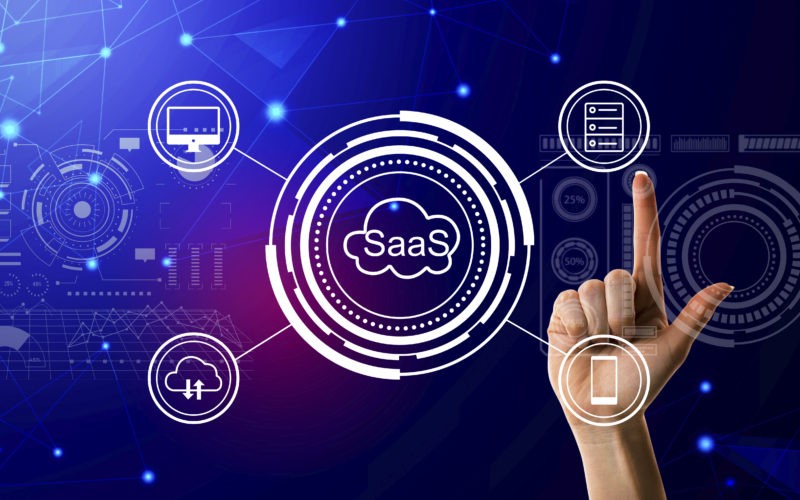Databases are essential components of modern computing, enabling the storage, retrieval, and management of data across every type of digital system. From legacy enterprise applications to cutting-edge web platforms, databases underpin the functionality of nearly every app or service we use. Over the decades, they’ve evolved significantly, from traditional on-premise relational databases to flexible, cloud-native Database as a Service (DBaaS) solutions that integrate AI and automation.
This article explores the database landscape, comparing traditional systems with emerging DBaaS platforms, and highlighting how artificial intelligence is reshaping the way databases are deployed, managed, and optimized.
Traditional Databases
Traditional databases have long served as the foundation for structured data management. They fall broadly into two categories: relational and non-relational (NoSQL) databases.

Relational Databases
Relational databases, such as PostgreSQL, MySQL, and Microsoft SQL Server, organize data into structured tables and use Structured Query Language (SQL) to retrieve and manipulate that data. These systems enforce relationships through foreign keys and support ACID compliance (Atomicity, Consistency, Isolation, Durability), ensuring transactional integrity.
Think of a library’s catalog system. A relational database might include separate tables for books, authors, borrowers, and loans, linked through well-defined relationships to ensure consistency and accuracy.
Relational databases are ideal for applications that depend on complex queries, consistency, and transactional reliability, such as financial systems, ERP platforms, and enterprise CRMs.
Non-Relational (NoSQL) Databases
NoSQL databases, including MongoDB, Cassandra, and Redis, are designed to handle large volumes of unstructured or semi-structured data. They use flexible schemas, which means developers can adjust data structures without rewriting entire tables.
There are several NoSQL models:
- Document stores (e.g., MongoDB) manage JSON-like documents.
- Key-value stores (e.g., Redis) are ultra-fast and lightweight for caching and session storage.
- Column-family stores (e.g., Cassandra) optimize for scalability and high availability.
These systems excel in high-velocity environments such as IoT, real-time analytics, and social media platforms, where horizontal scalability, adding more machines to handle load, is critical.

Bridging the Gap: From Manual Management to Cloud Simplicity
While both relational and NoSQL databases offer robust capabilities, they often require significant effort to deploy, scale, patch, and maintain. Tasks like server provisioning, security updates, and traffic handling consume time and resources.
As businesses embraced the cloud and developers demanded faster iteration cycles, a new model emerged, Database as a Service (DBaaS), that abstracts much of this complexity.
The Rise of Database as a Service (DBaaS)
DBaaS platforms offer fully managed database services via the cloud, allowing developers to provision and connect to databases without managing the underlying infrastructure. These platforms automate scaling, backups, updates, and high availability, enabling faster development and reduced operational overhead.
Key Benefits of DBaaS
- Ease of Use: Launch production-ready environments in minutes.
- Operational Efficiency: Offloads tasks like monitoring, patching, and tuning.
- Scalability: Handles traffic spikes and data growth automatically.
- Cost Savings: Pay-as-you-go pricing reduces upfront investment.
- Integrated Ecosystems: Seamless integration with APIs, auth services, and file storage.
The DBaaS Landscape: Key Players
The DBaaS market includes a range of specialized and general-purpose providers:
- Hyperscale Cloud Providers
- , Google Cloud SQL, and Azure SQL Database offer managed PostgreSQL, MySQL, and SQL Server with deep integration into their ecosystems.
- NoSQL Specialists
- MongoDB Atlas provides a powerful DBaaS for document-based storage, supporting sharding, real-time analytics, and global distribution.
- Next-Gen Developer Platforms
- PlanetScale, built on Vitess (used by YouTube), offers serverless MySQL with features like non-blocking schema changes and Git-like branching.
- Backend-as-a-Service (BaaS)
- Firebase (by Google) bundles a NoSQL database with authentication, hosting, and file storage for mobile and web apps.
Spotlight on Supabase: An Open-Source Backend Alternative
Among newer platforms, Supabase has gained traction as a developer-friendly, open-source alternative to Firebase. It combines traditional database power with modern cloud-native architecture.
Supabase Highlights
- Full PostgreSQL Support: Supabase runs a real PostgreSQL instance, providing robust transactional support and SQL querying.
- Authentication and Authorization: Built-in support for email, phone, OAuth, and third-party logins.
- Realtime Capabilities: Enables live data syncing between clients using PostgreSQL’s
LISTEN/NOTIFYfeature extended for modern use. - Storage and APIs: Offers managed file storage and auto-generated RESTful and GraphQL APIs.
- Edge Functions: Supports serverless functions deployed globally, improving response times and reducing latency.
Supabase is particularly popular among startups and indie developers due to its ease of use, open-source transparency, and built-in tooling.

The Evolution Continues: AI and the Future of Databases
As database technology continues to evolve, artificial intelligence is becoming a powerful differentiator, especially when integrated into DBaaS platforms.
How AI is Transforming Databases
- Automated Optimization: AI analyzes query patterns and resource usage to recommend or implement tuning, index suggestions, or load balancing strategies.
- Predictive Scaling: Machine learning models forecast traffic and resource needs, enabling proactive provisioning and cost optimization.
- Intelligent Alerts: AI can detect anomalies in data usage or performance, offering insights before issues affect end-users.
- Natural Language Interfaces: Tools like Microsoft Copilot and Google Gemini are enabling developers to query databases using conversational prompts instead of SQL.
- Smart Security Monitoring: AI enhances threat detection by recognizing unusual access patterns or potential data leaks in real time.
These innovations are transforming the role of databases from passive data stores to intelligent, adaptive systems.
Conclusion: Databases in a Cloud-AI Era
The evolution of databases reflects a broader shift in how organizations build and scale digital services. While traditional databases remain indispensable for many core enterprise applications, the emergence of DBaaS solutions offers a faster, more efficient path to deployment.
Cloud-native platforms like Supabase, Firebase, MongoDB Atlas, and PlanetScale are making backend development more accessible, particularly for teams without dedicated infrastructure engineers. When combined with AI-powered tools and insights, these services deliver unprecedented agility, reliability, and scalability.
Modern database decisions are shaped as much by strategic goals, like scalability and adaptability, as they are by technical considerations like schema structure or query performance.












